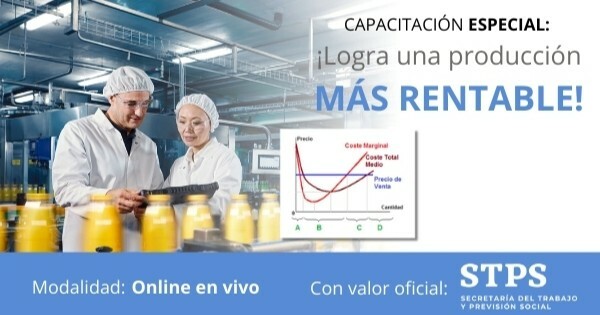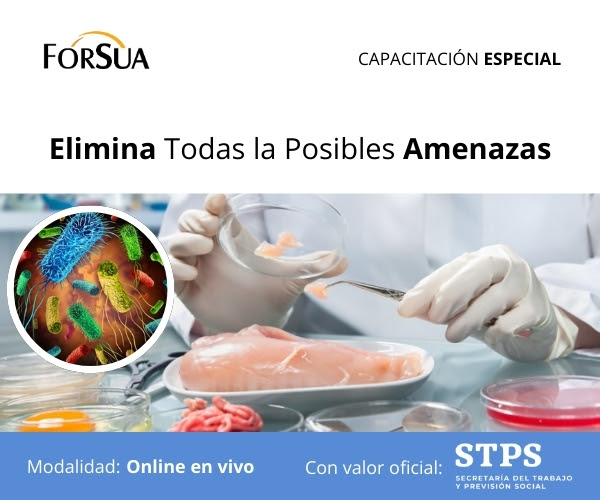En este seminario aprenderás:
1. Optimización del espacio y diseño eficiente del almacén (Layout) El participante aprende a distribuir mejor su almacén, mejorar flujos de trabajo y aprovechar cada metro cuadrado para reducir tiempos y costos. 2. Gestión profesional de inventarios y control de stock Incluye métodos modernos, tecnologías aplicadas al inventario, control de pérdidas, reducción de mermas y mayor precisión en registros. 3. Procesos clave: recepción, almacenamiento, preparación y despacho Un enfoque práctico en cómo ejecutar las operaciones diarias con rapidez, seguridad y orden para evitar errores. 4. Indicadores (KPIs) e identificación de cuellos de botella Aprender a medir la operación correctamente, detectar fallas y establecer mejoras continuas basadas en datos. 5. Implementación de metodologías Lean y Six Sigma en almacenes Metodologías reconocidas globalmente para eliminar desperdicios, mejorar productividad y aumentar eficiencia operativa. ¡Obtén un descuento especial por tiempo limitado! | 






